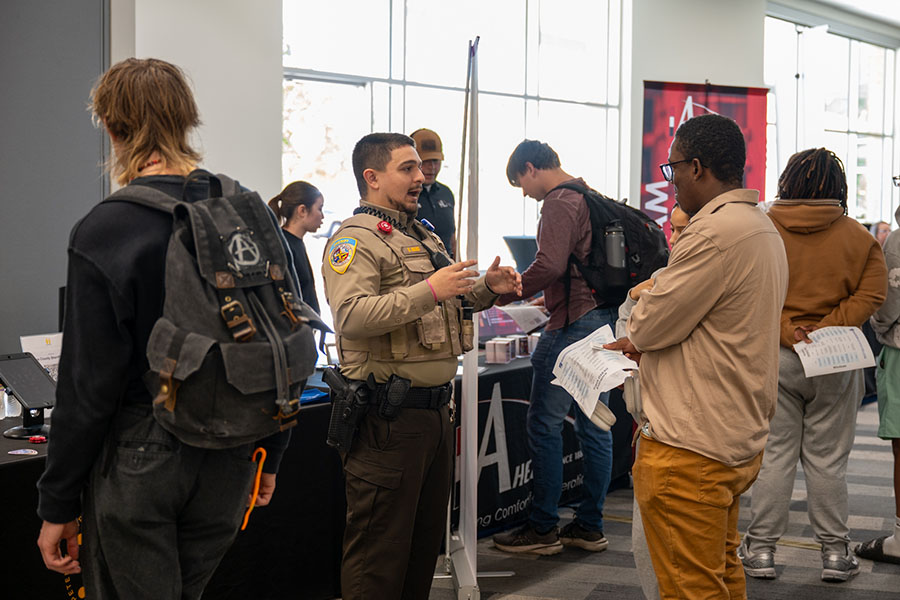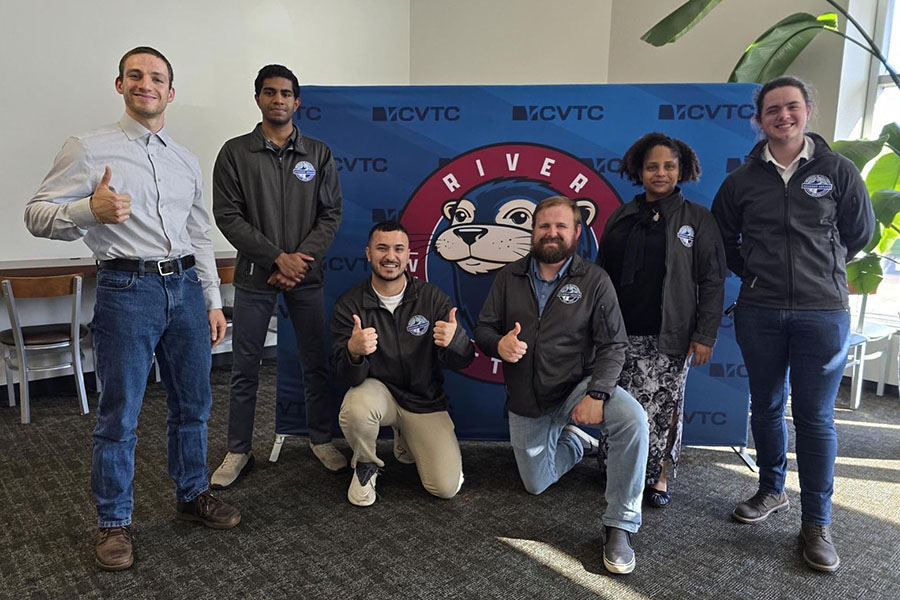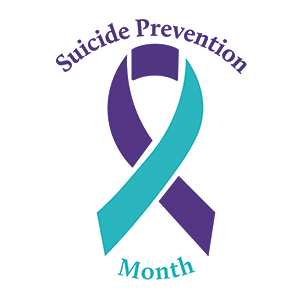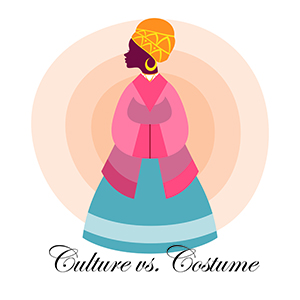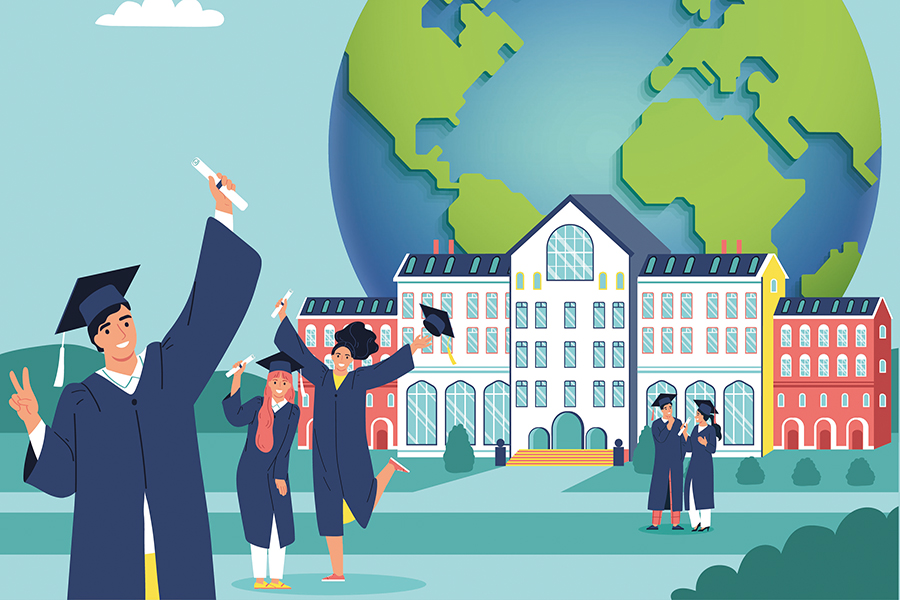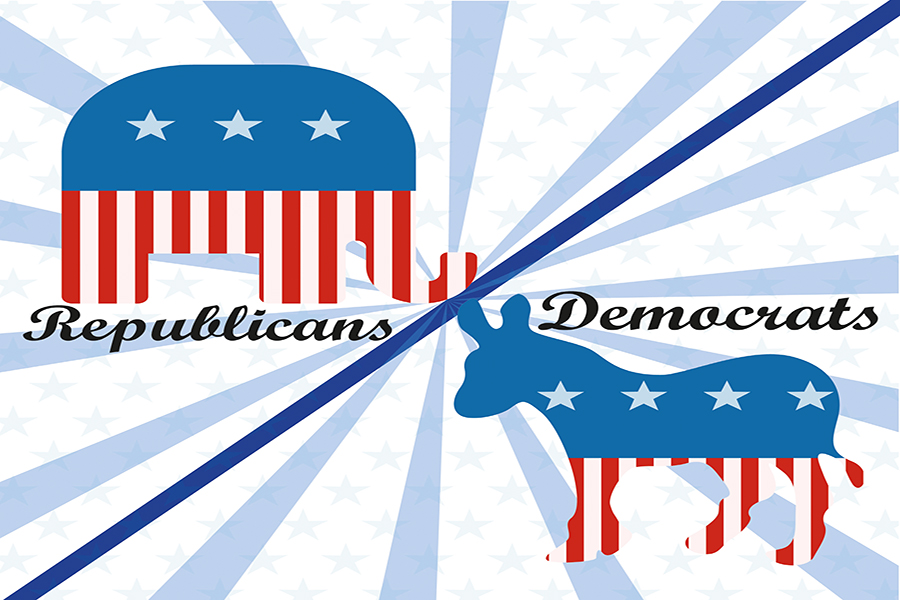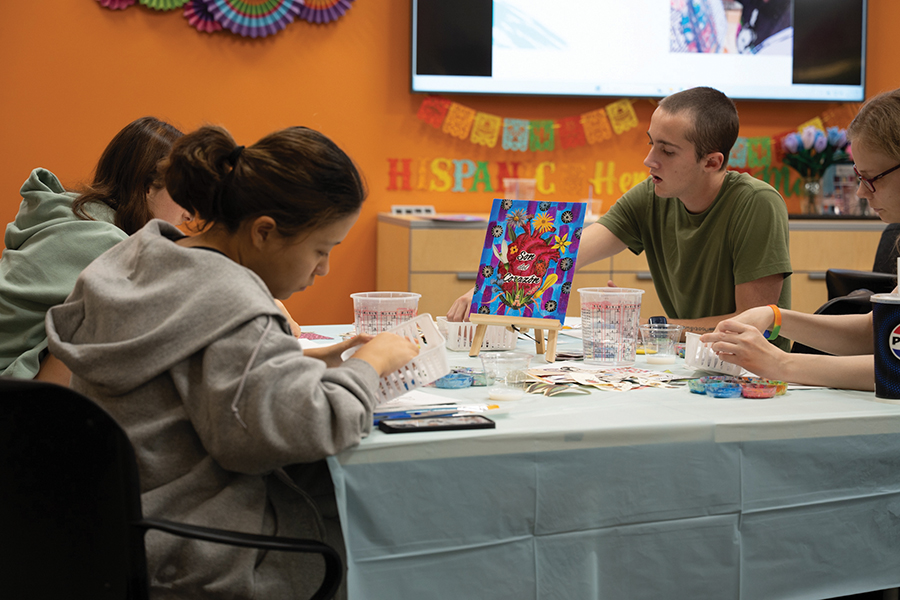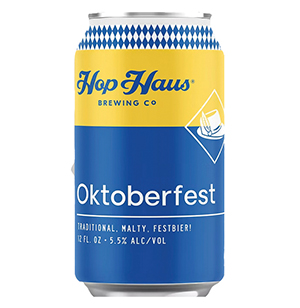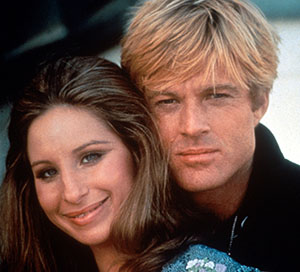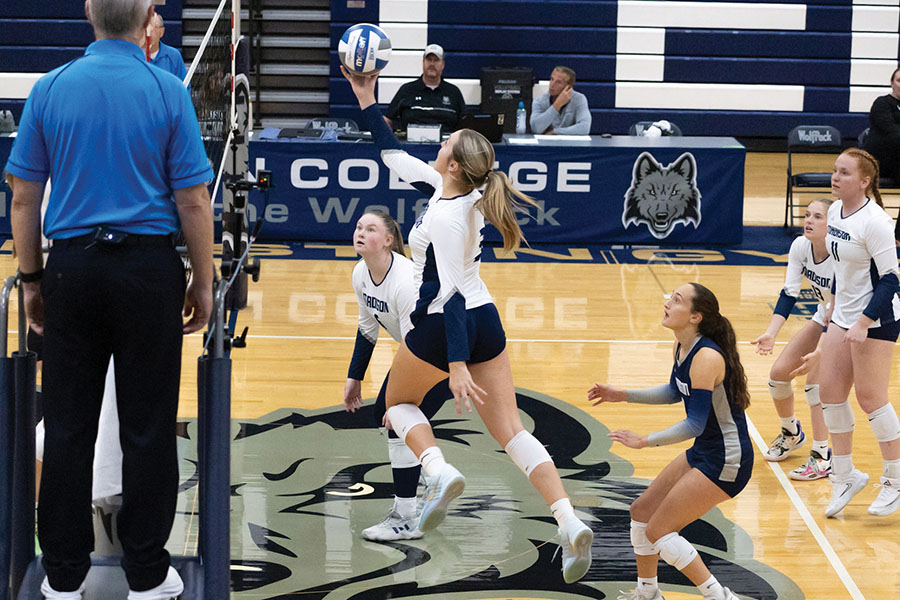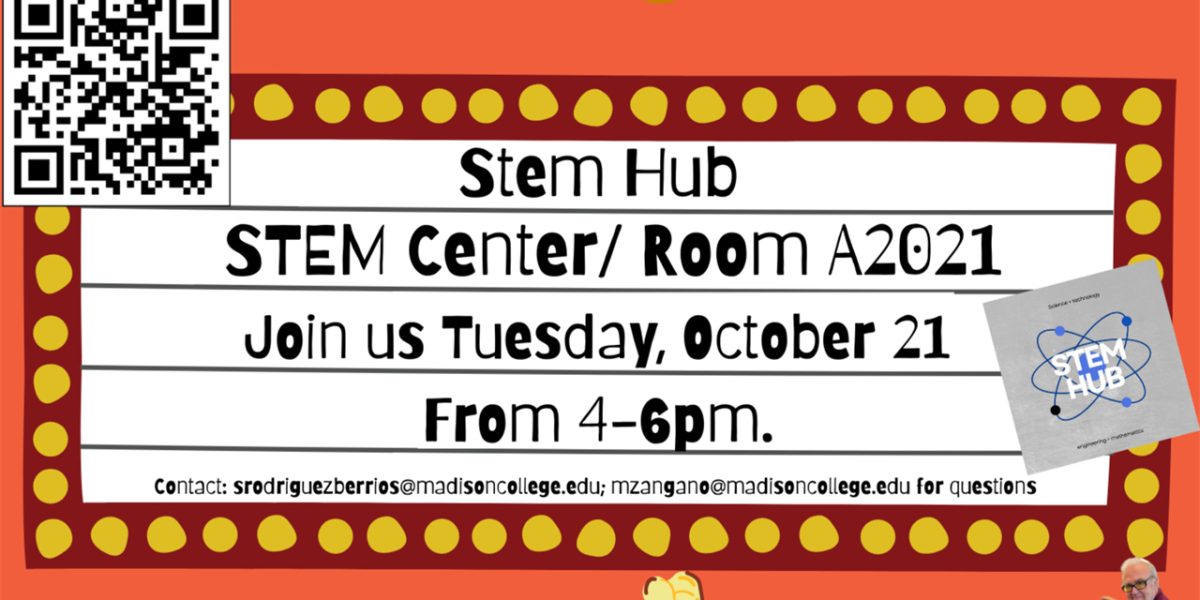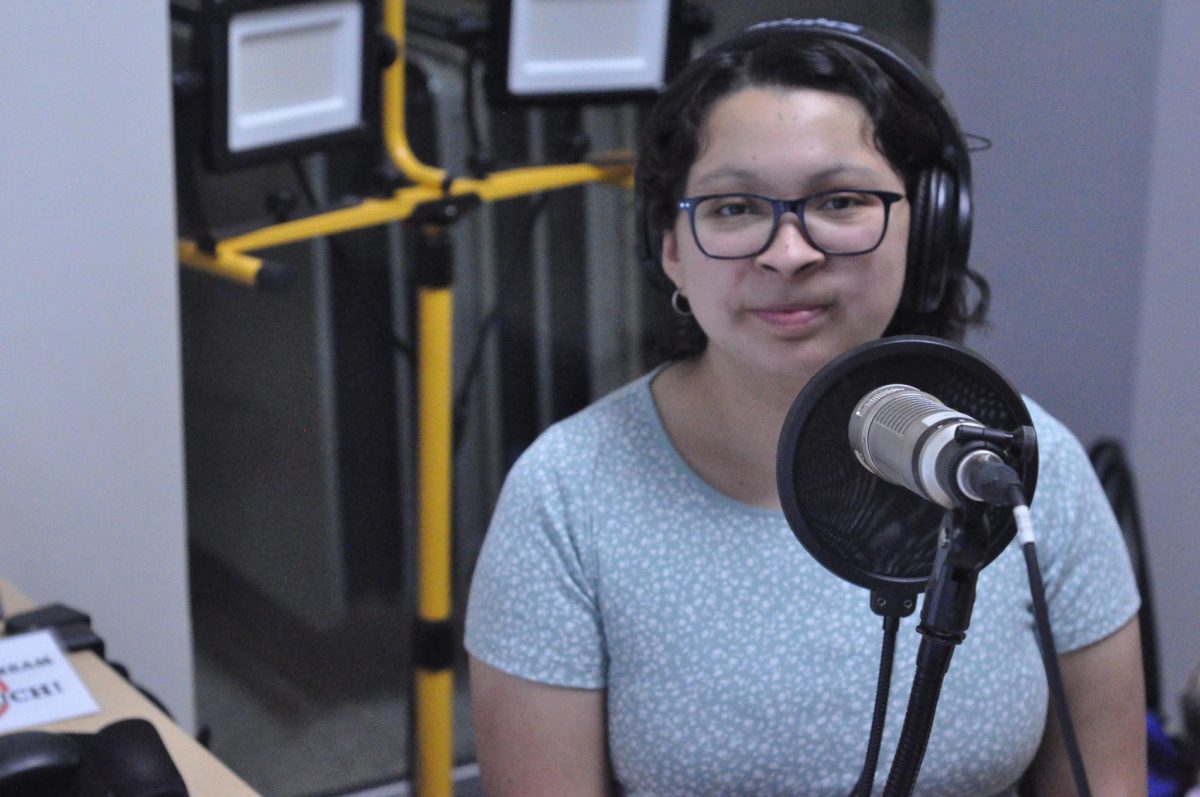History will view Castro as antagonistic leader
January 31, 2017
Fidel Castro was seen as more than just one thing. Some people saw him as a revolutionary, a savior, and a legend, while others saw him as an executioner and a dictator.
Castro, who passed away on Nov. 25, had been president of Cuba until resigning for health reasons in 2008.
Dr. Arsenio Cicero, Spanish instructor at Madison College, became uneasy when asked about Cuban leader. Castro wasn’t better than Augusto Pinochet, another despot, he said.
Pinochet was a Chilean dictator between 1973 and 1990, just a fraction of Castro’s 49 years as Prime Minister and President of Cuba.
Fidel Alejandro Castro Ruz was born in Cuba on August 13, 1926. He studied at the Colegio de Dolores de Santiago, then went to the Colegio de Belen, an exclusive Jesuit high school. He completed his education at the University of Law School in Havana in 1945.
Even early on, Castro was highly engaged in the politics of his country, opposing the imperialist direction his country was taking. He was opposed to the man that he would later overthrow: President Fulgencio Batista, himself an authoritarian dictator.
The young Castro was driven by ideas of freedom and revolution. He saw Batista as an oppressor who would suppress freedom and turn Cuba into an authoritarian state, and so boldly defied the established government.
After being exiled, Castro returned to Cuba as a freedom fighter. He fought alongside Che Guevara against Batista’s government. Their military strategies helped the guerillas survive against the odds. Their movement rapidly took on symbolic meaning that gave their cause strength. The legend of Castro was loaded.
Along with his allies, Castro entered the capital of Cuba on Jan. 8, 1959. He was welcomed as a savior by the people. The United States supported him as a democratic partisan until he executed all the officials of the fallen regime. From that point on, there was a discord between Castro and United States that would play a key role in Cold War.
Castro denied allegations that he was a Communist throughout the revolution, though he kept close ties with the Popular Socialist Party, of which his brother was a member. He officially embraced the communist label when he renamed the Integrated Revolutionary Organizations the Cuban Communist Party.
Castro’s new power fueled his rebellious nature. Any attempts to contain him resulted in a veritable lynching through a public speech. His oratory skills were worthy of a true leader.
However, his vision couldn’t encompass the entirety of the country. With no education in economics, he nonetheless tried to transform Cuba into an agricultural empire, all while Cuba’s relationship to the U.S. deteriorated and all possibility of trade was sanctioned.
To compensate, Castro started to trade with the Soviet Union. It was then that he began to identify himself as a Marxist-Leninist. At the same time, he provoked waves of opposition from the people who once followed him, and many of them came to the U.S. to escape his regime.
His legacy is as inconsistent as his character. He improved education and health care while suppressing people’s freedom and economic opportunities. At the end of his life, his administration mirrored the one he had once rebelled against.
For many Cubans, Castro remains a revolutionary man, a symbol of rebellion. Perhaps his nature as a fighter stopped him from relinquishing power, from becoming an ordinary man.


